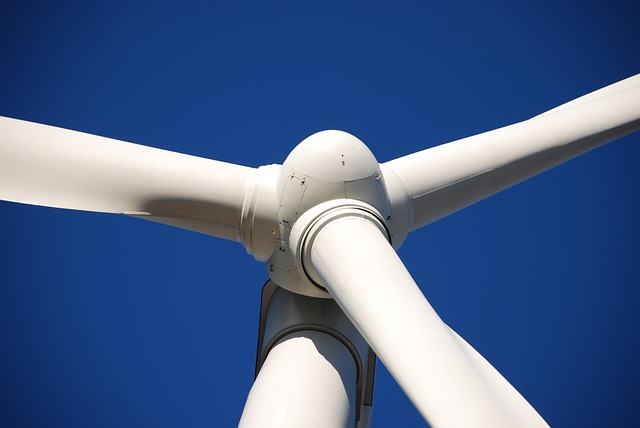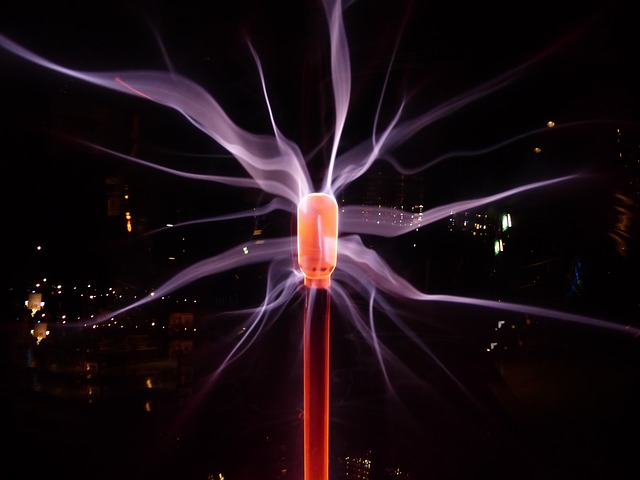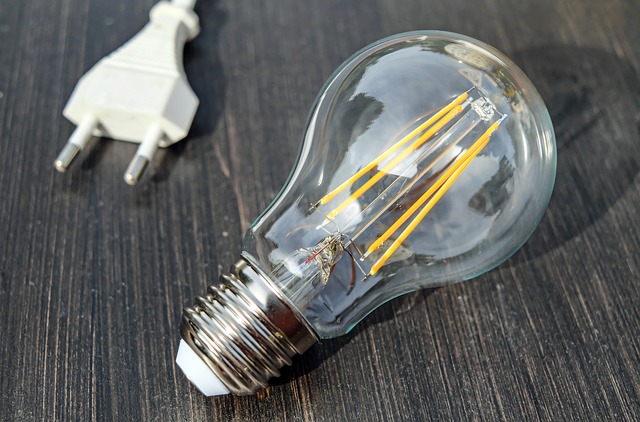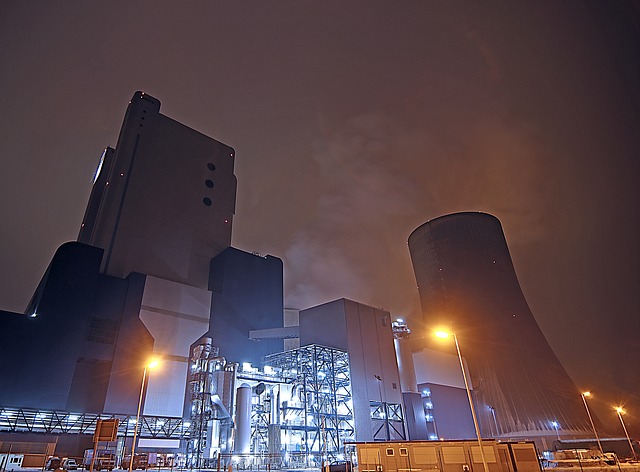When we recieve an electricity bill, it obviously shows how much electricity we used, and how much this amount costs. But they don’t really tell the full story, and that is what makes up the cost of electricity. We have broken down the standard bill into the componant costs, so you know exactly where your money is going!
There are five main componenets which go towards the consumer energy bill: wholesale cost, network cost, policy cost, operating cost and VAT. These costs change over time, especially while the proportion of wholesale costs has tended to drop over the last few years, and other parts have increased. This is one reason why retail prices do not fully follow the wholesale costs.
Wholesale Cost
In order to supply to customers, the energy supplier needs to buy its energy from somewhere. This energy is often purchased months or years in advance. Did you know the average wholesale cost has dropped around 54% over the past 5 years?!
Network Cost
Electricity and gas need to be distributed from the source to the consumer. In order to do this, networks of pipes and cables are needed to flow energy to homes and businesse. Energy suppliers are charged for their use of these networks. The average cost of network use has increased 29% over the past 5 years!
Operational Cost
These are the costs of running the retail energy business (this has risen around 14% since 2010).
Policy costs
The government has programmes in place to try to deliver lower carbon energy, create more efficient homes and allow for lower fuel costs for poor families. All these have impact on the average bill for consumers, as the supplier has to cover the costs. Costs from government policy have increased bills by around 4% since 2011.




